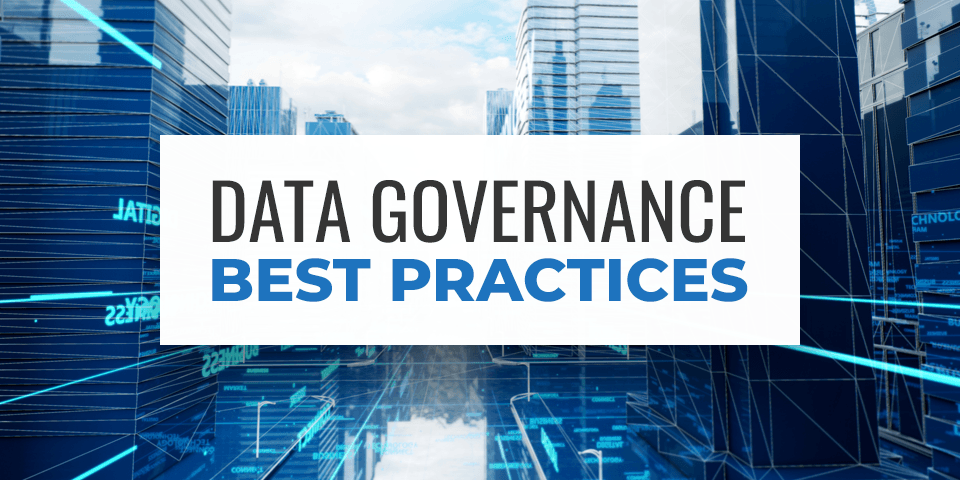Data governance is an emerging concept in the field of data management. Millions of companies are just now embracing basic concepts like cloud computing and firewalls. They now have to start deciding who should be in charge of these concepts and how they should be implemented on a wide scale. Following best practices for governance is critical for keeping businesses ordered smoothly and data safe.
Ordered structures
An important first step for any data governance framework is an ordered structure for any data management concepts that a company may have. The company should draw up this structure and either print it out or place it on a drive that any employee can access. This structure should include the names of positions responsible for data management concepts and their relationship to one another.
Ideally, there should be a hierarchy. One level of individuals handles implementation while another handles decisions and spending money. There should be an executive or a group of executives who makes the final decision and implements any available plans. Companies may have to hire new employees or retrain parts of their staff in order to ensure the success of their plans.
Direct communication
Direct communication is critical for any data governance framework to work. There must be a number of individuals who are available at all times to handle governance issues. Phone numbers and email addresses should be handed out with the contact information of governance professionals. Employees have to know where to turn if they suspect that there has been a data breach or if they are particularly unhappy with their data management systems. There must be individuals who can be held responsible for issues that arise. Communication will help prevent problems from growing and becoming issues that could likely hold back a company’s future.
Reappraisals
The best data governance strategy is one that is flexible and changes over time due to changing circumstances. Many of the individuals who are working with these structures on a daily basis do not have an incentive to change them. Their job is to carry them out to the best of their abilities. It is the responsibility of management to make sure that governance is reviewed on a regular timeline.
New technology should be appraised and there should be a yearly audit of how money was spent on data management and governance. Above all, members of the governance framework must be free to share their thoughts and suggestions for improvement. A company that has no flexibility in its governance structure can become sclerotic and eventually waste money.
Conclusion
Governance of data is an aspect of 21st century management that many managers are understandably afraid of. Some managers do not even know what is data governance. They focus entirely on horror stories of massive data breaches and theft of intellectual property. These individuals have to take action either on their own or with the help of a consultant. Above all, they need to act calmly and draw up a flexible governance plan that can secure the safety and prosperity of their business.
